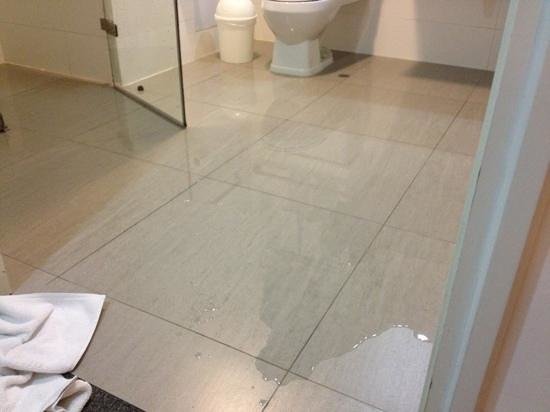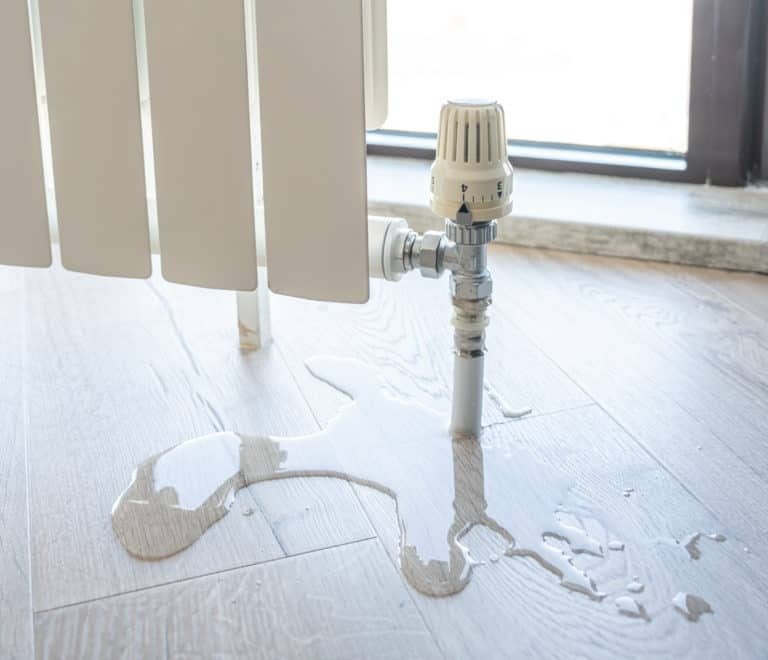Are you currently in search of ideas on How to Repair and Prevent Bathroom Water Damage??

Water damage commonly takes place in the washroom because of the water used everyday. Often, the damages could be a little mold and mildew from the shower. Various other times, it's large damages on your flooring. Whatever it is, it is always good to know the cause as well as avoid it prior to it occurs.
This overview will certainly go through some of the common causes of water damage in the bathroom. We will also examine what you can do to stop these reasons from harming your washroom. Allow's dive in.
These are the usual factors you would certainly have water damage in your shower rooms as well as exactly how you can find them:
Excess Moisture
It's awesome to have that long shower and also sprinkle water while you dance around and imitate you're doing, but occasionally these acts can trigger water damage to your bathroom.
Spraying water around can trigger water to go to edges as well as form mold and mildews. Enjoy exactly how you spread out excess moisture around, and also when you do it, clean it up to avoid damage.
Splits in your wall surface tiles
Washroom wall tiles have actually been specifically made for that function. They protect the wall surface from moisture from individuals taking showers. Nevertheless, they are not indestructible.
Often, your bathroom wall surface tiles split as well as permit some wetness to permeate into the wall surface. This could possibly ruin the wall if you do not take any activity. If you discover a crack on your wall surface tiles, repair it instantly. Do not wait up until it destroys your wall surface.
Overflowing commodes and sinks
As human beings, in some cases we make blunders that could trigger some water damage in the bathroom. For instance, leaving your sink faucet on might create overflowing as well as damage to other parts of the washroom with moisture.
Additionally, a faulty bathroom can cause overruning. For example, a damaged commode handle or various other parts of the tank. When this happens, it might harm the floor.
As quickly as you see an overflowing sink or bathroom, call a plumbing professional to help take care of it immediately.
Burst or Dripping Pipelines
There are many pipes lugging water to various parts of your restroom. Some pipelines take water to the commode, the sink, the taps, the shower, and lots of various other places. They crisscross the small location of the washroom.
Once in a while, these pipes might obtain corroded and burst. Various other times, human activity can cause them to leak. When this occurs, you'll discover water in the edges of your washroom or on the wall.
To find this, watch out for gurgling wall surfaces, molds, or mold. Call a specialist emergency plumbing to repair this when it takes place.
Roof covering Leakages
Sometimes, the issue of water damage to the shower room could not originate from the bathroom. For example, a roofing system leak might create damages to the washroom ceiling. You can detect the damage done by looking at the water stains on the ceiling.
If you discover water spots on your ceiling, inspect the roofing to see if it's harmed. After that, call a specialist to aid solve the issue.
Final thought
Water damage to your bathroom can be irritating. Nevertheless, you can handle it if you avoid some of the causes discussed in this guide. Call a professional emergency plumbing if you discover any type of severe damages.
How to Prevent Water Damage in Your Bathroom?
Water damage repair is an expensive, meticulous, and lengthy process. Unfortunately, bathrooms are the most susceptible rooms to water damage due to toilets, showers, and sinks. Pipes and fixtures wear out over time and are not immune to damage. But all is not lost, as there are ways to prevent water damage from occurring in your bathroom.
Check Your Plumbing
Nothing lasts forever, especially pipes, which can rust and begin leaking over time. You should periodically conduct pipe inspections and pay attention for any musty smells or water stains that may indicate you need water damage repair. Here are some things to check:
Frequently test valves for your toilet, shower, and sink to ensure they are properly working. Check faucet supply lines hidden under vanities and replace when needed. Replace cracked or deteriorating caulking along sinks, tubs, and showers. If you notice a clog in your sink, call in a professional. Since you can’t check the pipes in the wall, keep an eye out for stains, drywall bubbling, musty smells, and excess moisture; if the bathroom is on a second level, check the ceiling of the room directly below for these signs. Don’t Overwork Your Toilet
One of the most common reasons bathrooms need water damage repair is due to overflowing toilets. Save yourself the hassle of cleanup by being mindful and not pushing your toilet to extreme limits. If you have young children, it is especially important to keep an eye on them when they are in the bathroom and to teach them how to avoid clogging the toilet. Here are some more tips to help prevent your toilet from overflowing:
If you have a septic tank, only use septic-safe toilet paper Do not flush anything down the toilet besides toilet paper; items like diapers and sanitary napkins will clog the piping Pay attention to your toilet’s water level: If it’s low, it could mean it is partially clogged or that there is a crack in the toilet bowl https://www.alure.com/home-improvements-blog/resources/how-to-prevent-water-damage-in-your-bathroom

I'm very interested in How to Repair and Prevent Bathroom Water Damage? and I hope you appreciated the new article. Sharing is nice. Helping people is fun. Thank-you for your time invested reading it.
Schedule A Free Estimate